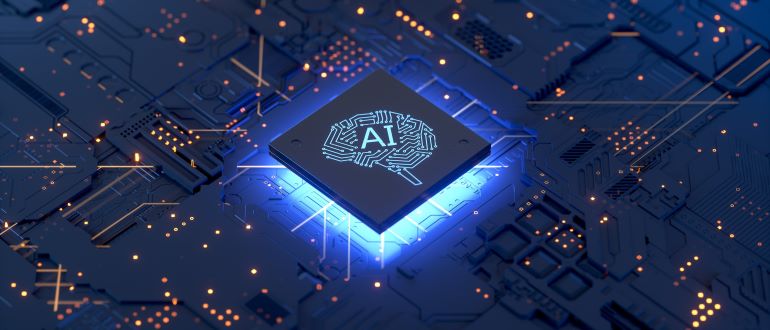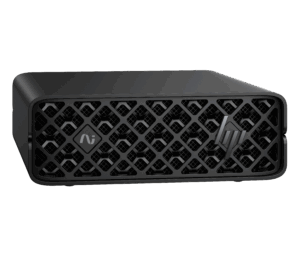
HP Inc. this week made a series of additions to its portfolio that included a workstation that comes pre-configured with a stack of open source tools and frameworks for data science and application developers building artificial intelligence (AI) applications.
Expected to be available before winter of 2025, the HP ZGX Nano G1n AI Station is configured with a NVIDIA GB10 Grace Blackwell Superchip based on Arm processors and 128 GB of coherent unified system memory to provide up to 1,000 trillion operations of performance (TOPS), which is enough to support 200 billion parameter models.
Additionally, two workstations can be linked together using NVIDIA ConnectX-7 SmartNIC cards to support 405 billion parameter models.
These capabilities will make it feasible for many teams to locally build AI models on a workstation using frameworks such as Ollama that are included in an HP ZGX Toolkit without having to invoke expensive cloud resources, says Brian Allen, manager for the global HP Z product team. “AI development is continuing to drive hardware needs,” he says.
It’s not clear how many AI teams are working with models running on their local machines versus in the cloud but as costs continue to rise, a workstation running AI models locally becomes an increasingly attractive alternative that also serves to reduce the amount of latency that is otherwise experienced when accessing cloud services.
Additionally more organizations are concerned about ensuring data privacy as they build AI models, adds Allen.
Elsewhere, HP is also infusing AI into the latest edition of the HP Workforce Experience Platform (WXP) cloud service, which now leverages machine learning algorithms to identify networking issues that might, for example, be adversely impacting video conferencing applications. HP is also committing to further expanding the data visualization tools it provides for WXP in addition to tracking new metrics such as key performance indicators (KPIs) for security, CPU temperature, and software health diagnostics.
Support for Sure Click Enterprise and Wolf Pro Security security tools that leverage virtualization in hardware to isolate threats is also now being extended to Snapdragon PCs that are based on Arm processors to better protect end users from threats created using AI technologies.
HP is also making use of AI in its consumer printers to make it simpler to remove unwanted content from printouts of web pages and emails in addition to improving scanning by leveraging AI to improve images and merge related files.
Finally, HP has also added a HP Series 5 Pro 14” Portable Monitor based on neo:LED screens that improve brightness and contrast, additional mouse offerings and a docking station that can automatically wake up whenever individuals carrying HP laptops approach.
As AI continues to advance, it’s now only a matter of time before it is infused into every platform and device used in the office and the home. The only thing that remains to be seen now is the degree to which those capabilities will actually be used or ignored.


